UN Ocean Conference Hosts Portugal and Kenya Urge Joint Transformative Action on Ocean, Global Plastic Waste Set to Triple by 2060, Appeals Court Blocks Fracking Applications Off California Coast, and more
June 10, 2022 – We gather news: You stay informed

1. ‘Deliver the Care Our Ocean Needs – Together,’ Urge Co-hosts of UN Ocean Conference
At the end of June, world leaders and other stakeholders will gather in Lisbon, Portugal, for the second UN Ocean Conference, to mobilize action and jumpstart science-based innovative solutions to begin a new chapter of global ocean action. The oceans are critical for the future of humanity, and human activities are the greatest threat to the wellbeing of the seas. Representatives of conference hosts Kenya and Portugal say nations need to commit to an urgent global mechanism and a time-bound implementation framework backed by science that would compel countries to balance conservation and exploitation, holding them accountable for their actions. Ambassador Martin Kimani, Kenya’s Permanent Representative to the UN, said, “We need investments in science research that contributes to global food and nutrition security, maritime spatial planning, and climate change management. The Ocean Conference will gauge our level of ambition to deliver transformative change.”
Editorial Note: Sea Save Foundation will participate in the United Nations Ocean Conference in Lisbon. Sea Save’s attendance is incredibly valuable as we leverage critical calls to action to catalyze ocean protection on the regional, national, and international stages. We will do our best to keep you informed about what Sea Save is doing during the conference, as well as important developments as they happen.
Thank you for your generous gift that will help us continue the production of this weekly, free publication
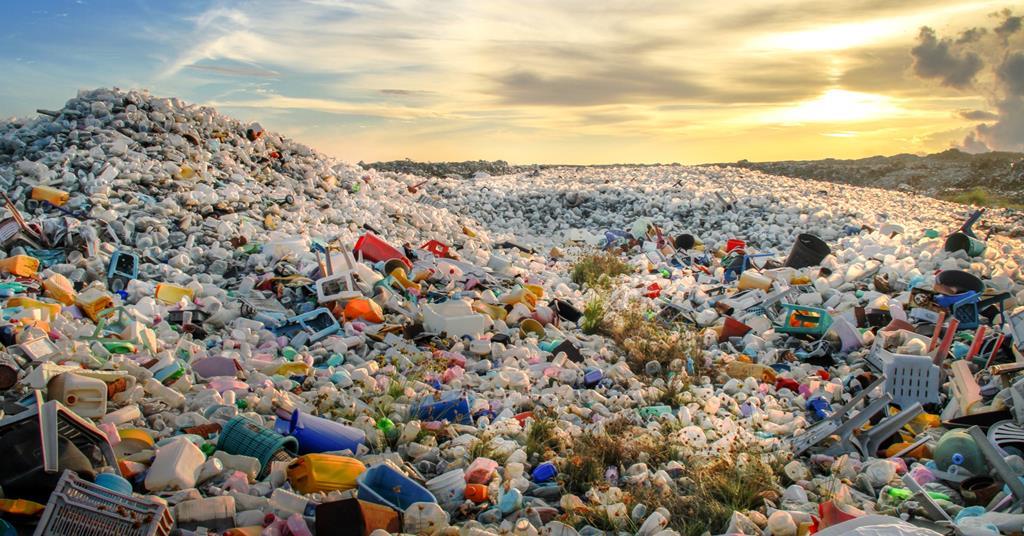
2. Global Plastic Waste Set to Almost Triple by 2060, says OECD
Over 1.2 billion tons of fossil-fuel based plastic will be produced annually by 2060, according to findings from the Organisation for Economic Co-operation and Development (OECD). Global Plastics Outlook: Policy Scenarios to 2060 says that plastic waste will exceed one billion tons if current trends continue–three times the amount from 2019. Even under aggressive plans to cut demand for plastic, plastic production would almost double in less than 40 years. Globally coordinated policies, however, could hugely boost the amount of plastic waste that is recycled, from 12% to 40%. OECD Secretary General Mathias Cormann said: “Plastic pollution is one of the great environmental challenges of the 21st century, causing wide-ranging damage to ecosystems and human health.” The debris is estimated to cause the deaths of more than a million seabirds and over 100,000 marine mammals each year.
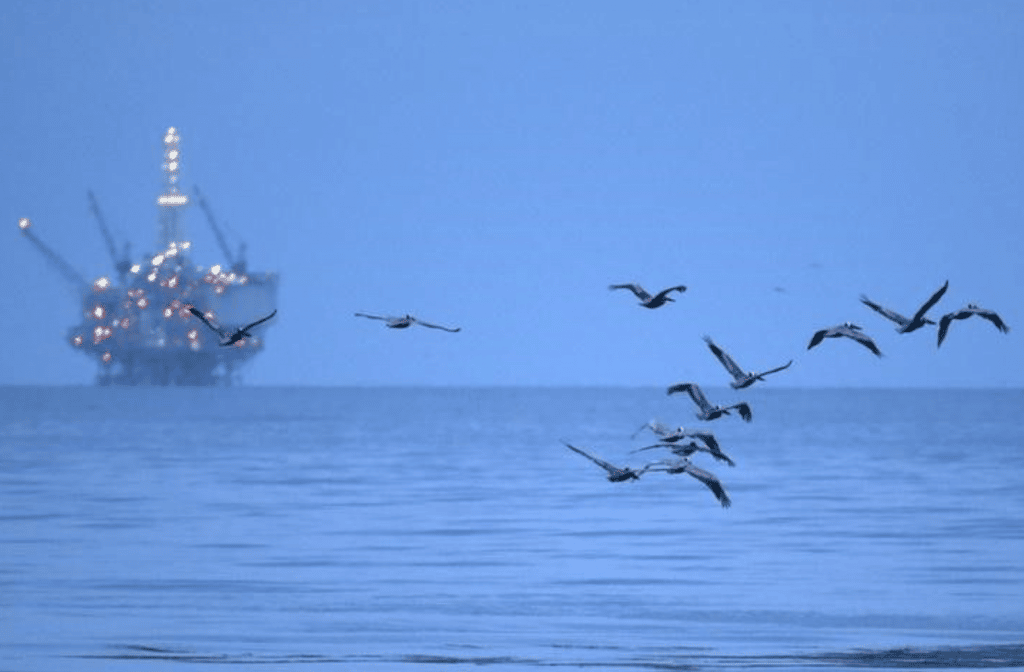
3. Appeals Court Blocks Fracking Permits for Drilling Off California Shores
A federal appeals court has ruled that the US government cannot issue any drilling permits that authorize the use of hydraulic fracturing and acidization off the coast of California until it issues a full Environmental Impact Statement (EIS). The 9th US Circuit Court of Appeals said the Obama administration violated the National Environmental Policy Act (NEPA) in May 2016 when it found that no EIS was necessary because fracking, acidization, and other advanced “well stimulation techniques” would have no significant impact on the environment. California Attorney General Rob Bonta emphasized the dangers of offshore drilling generally, and called the agencies’ finding of no significant impact “fundamentally untrue.” The decision affirms and expands a December 2018 ruling by a federal judge in Los Angeles who found the Bureau of Ocean Energy Management and the Bureau of Safety and Environmental Enforcement had violated the Endangered Species Act.
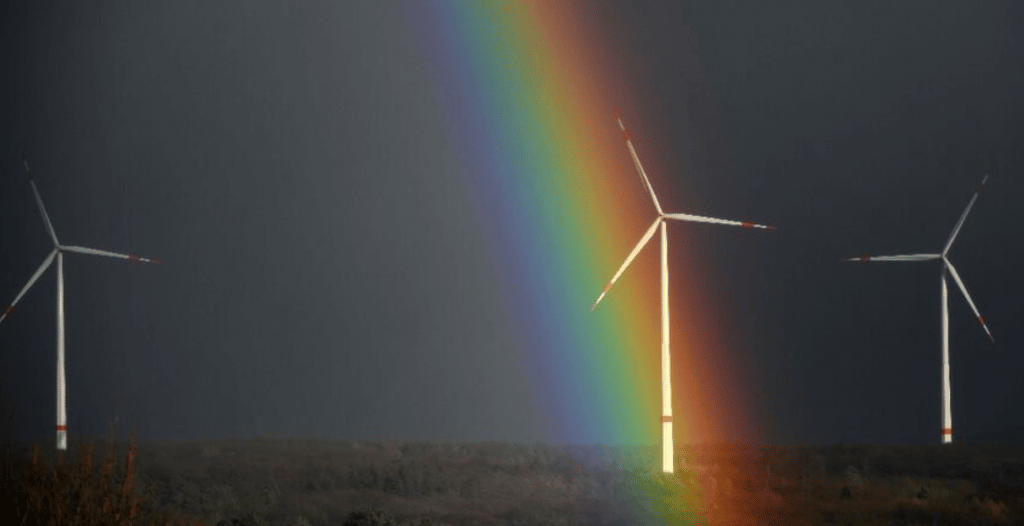
4. Climate Action Must Not Be Delayed by Global Crises: UN Talks
Negotiators from almost 200 countries met in Germany June 6 for climate talks to reignite momentum on tackling global warming. The conference sets the stage for a fresh round of major UN talks later this year in Egypt. Issuing a call for international unity on climate challenges, outgoing UN climate change chief Patricia Espinosa told delegates it was “not acceptable to say that we are in challenging times. We must understand that climate change is moving exponentially. We can no longer afford to make just incremental progress.” While the conference in Bonn is largely aimed at preparing for the November COP27 meeting, a number of key issues are up for debate, including a push for countries to speed up their timetable for updating their carbon-cutting plans, to more quickly align actions on reducing emissions with the agreed goals for limiting global warming.

5. ‘Lead Us Out of This Mess,’ UN Chief Demands of World Leaders at Environment Summit
The secretary general of the United Nations has demanded that world leaders “lead us out of this mess” at the launch of the environment summit Stockholm +50 in Sweden. The inaugural 1972 event began the UN’s push for global environmental action and led to the formation of the UN Environmental Programme. UN chief António Guterres said that while there had been successes over the decades, including reducing ozone layer damage, humanity was far outstripping the resources of the natural world. “We need to change course – now – and end our senseless and suicidal war against nature,” he added. Mr. Guterres said that a clean and healthy environment was a basic human right. Parts of the summit focused on the sustainable development goals – targets adopted to tackle issues from hunger to climate change to economic growth by 2030.
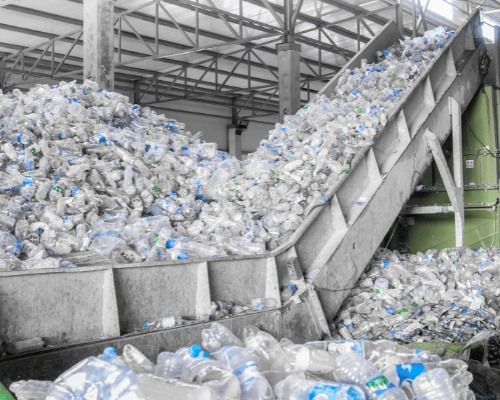
6. Island Nations Get New Lifeline to Beat Pollution
Thirty-three Small Island Developing States (SIDS) have taken significant steps towards a cleaner environment, with the global launch of a half-billion-dollar initiative to avoid marine litter and sustainably manage hazardous chemicals and waste. Because of their small size, limited disposal capacity, and prohibitive export costs, over 80% of mismanaged waste in SIDS ends up in the ocean, leading to biodiversity loss, acceleration of climate change effects through emissions from waste, loss of national tourism revenue, and health impacts for local people exposed to the pollution. The $515 million Implementing Sustainable Low and Non-chemical Development in Small Island Developing States Programme (ISLANDS) will help participating countries control the import of hazardous substances, soundly dispose of harmful chemicals and waste, and establish circular production systems, in partnership with the private sector, as well as provide free shipping of recyclables to recycling facilities, saving limited landfill space.
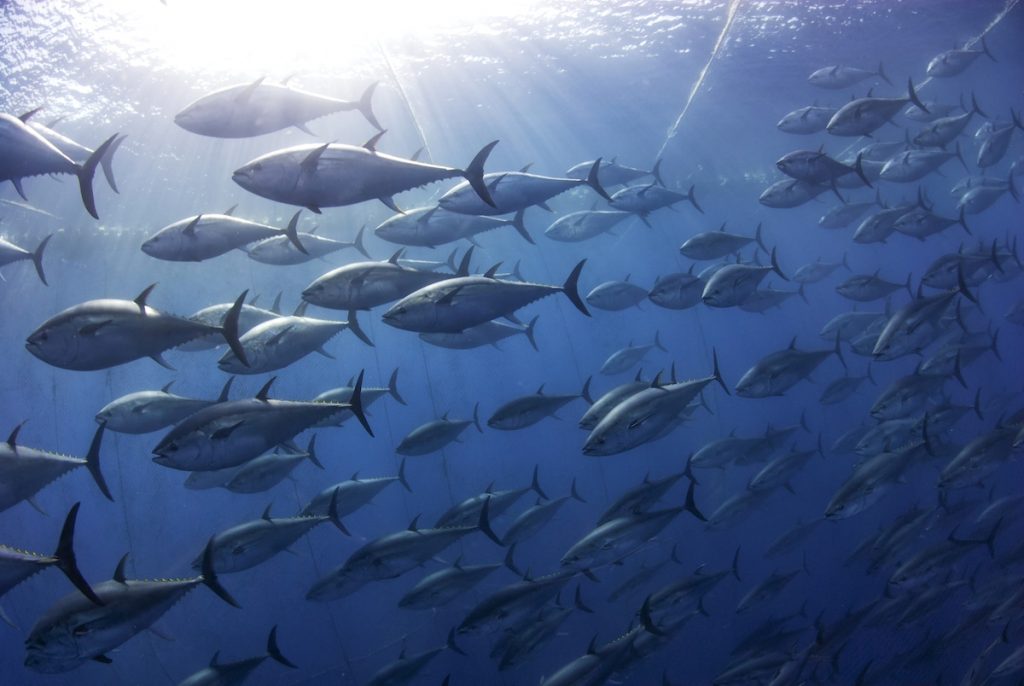
7. How Fishing May Contribute to Climate Change
A recent study found that the amount of carbon sequestered as fish dung in the ocean has declined by nearly half since commercial fishing ramped up more than a century ago. “It demonstrates that fish matter for the big carbon cycle in the ocean and other biogeochemical cycles,” study lead author Daniele Bianchi said. Fish poop pellets sink more quickly to the seafloor than other organic matter in the ocean, making them an efficient means of storing carbon. Researchers estimate that the pre-industrial biomass of fish was responsible for around 10% of deep-ocean carbon storage. But by the 1990s, the fish biomass in the ocean had declined by 47%, meaning that the fish’s energy consumption and carbon sequestration also fell by around half, suggesting that the biogeochemical impact of fisheries has been comparable to that of anthropogenic climate change.
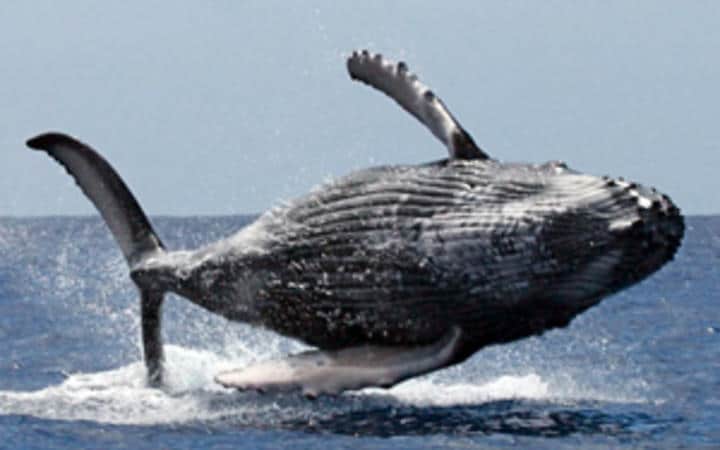
8. Researchers Use Wide Range of Technology to Monitor and Improve Ocean Health
Researchers are using drones, satellite tracking, and infrared sensors to improve ocean health. The non-invasive technology to monitor the vital signs of endangered paikea humpback whales is now being used to help understand the condition of our oceans ecosystem. “Because it is difficult to access such a large area, we have very little knowledge of what is happening in there,” lead researcher Travis Horton says. The researchers aim to generate full 3D models of humpback whales using non-invasive drones to understand their size, girth, and yearly growth. The same technology will be used to measure coral reef health and feeding areas to ensure they are producing enough food for the endangered humpback whales of the central Pacific. “Whales are sentinels of ocean health. If you can study the higher levels of the food chain, we understand the trajectory of the whole ecosystem,” he says.
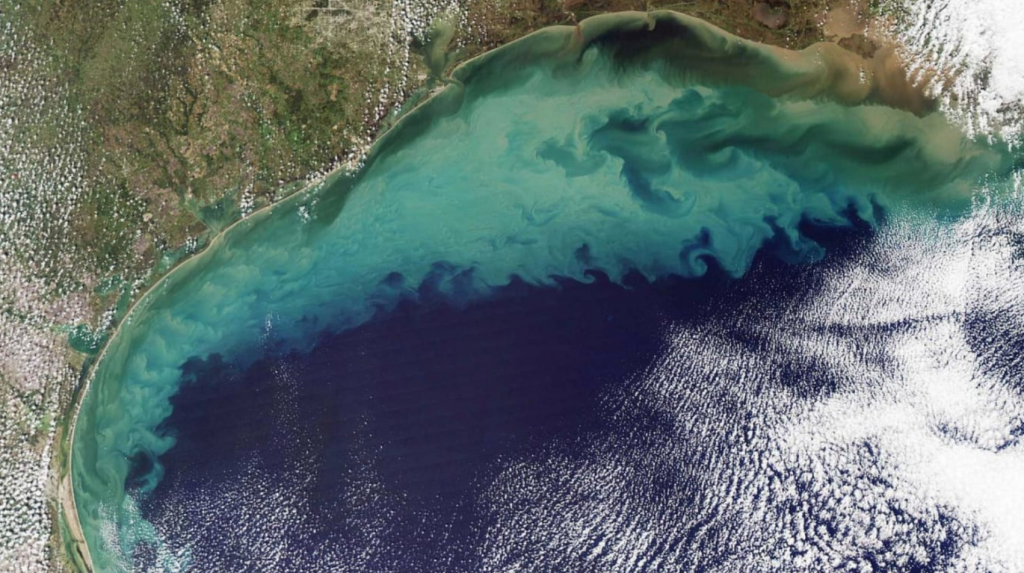
9. Climate Change Is Fueling a 5,000-Square-Mile ‘Dead Zone’ in the Gulf of Mexico
Dead zones—areas in the water that are low on oxygen—are on the rise around the world due to hotter temperatures and increased pollution, leading to the death of marine life and turning once-vibrant habitats into hypoxic deserts. Scientists have been monitoring one such dead zone in the Gulf of Mexico—considered the largest in US waters—for over three decades. The National Oceanic and Atmospheric Administration has announced the Gulf of Mexico dead zone is expected to reach 5,364 square miles this year. The Gulf of Mexico’s dead zone is fueled by nutrient runoff from farms along the Mississippi River. Dead zones are primarily created when runoff from agricultural practices, industrial activities, and population growth enter nearby waters and stimulate algae to grow. Overgrown algae sink and decompose, and the decomposition process strips water of its oxygen, depriving marine life.

10. A Year Since X-Press Pearl Sinking, Sri Lanka Is Still Waiting for Compensation
A year since the sinking of the cargo ship the X-Press Pearl, Sri Lanka continues to clean its beaches of the plastic pellets that the vessel was carrying, and is still trying to claim compensation for the environmental damage wrought. An expert committee investigating the extent of damage to the country’s marine and coastal environment has now concluded the disaster to be the worst in terms of chemical and plastic pollution of the sea. Despite extensive clean-up efforts, more nurdles keep washing up on the beaches, and with the island currently experiencing the southwest monsoon, nurdles that had initially sunk to the seabed or were trapped in underwater structures such as corals have been washed free and are making landfall. Sri Lanka has obtained an interim payment of $3.7 million in damages, but the country could claim as much as $7 billion.
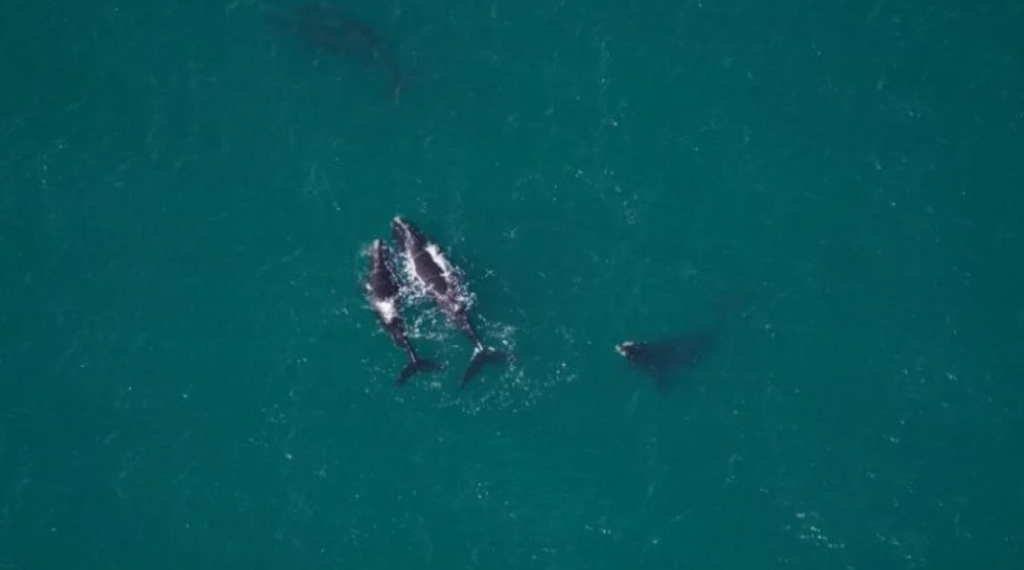
11. New Project Aims to Protect Whales While Developing Offshore Wind Energy
A new partnership between conservation and renewable energy is coming to Massachusetts. The Right Wind project “gives us an opportunity to develop tools that can help reduce the potential risks of wind energy development to North Atlantic right whales, a critically endangered species that numbers less than 350 individuals,” said Dr. Laura Ganley, an associate research scientist at the New England Aquarium. Currently, developers rely on historical data and real-time monitoring to understand how the animals use the waters surrounding wind development areas. The combined data from The Right Wind project will greatly improve this view. Meanwhile, an “economic trade-off analysis” from acoustic and aerial survey data will be used to assess solutions for balancing the conservation of the endangered species and wind power development in the areas surrounding Rhode Island and Massachusetts.
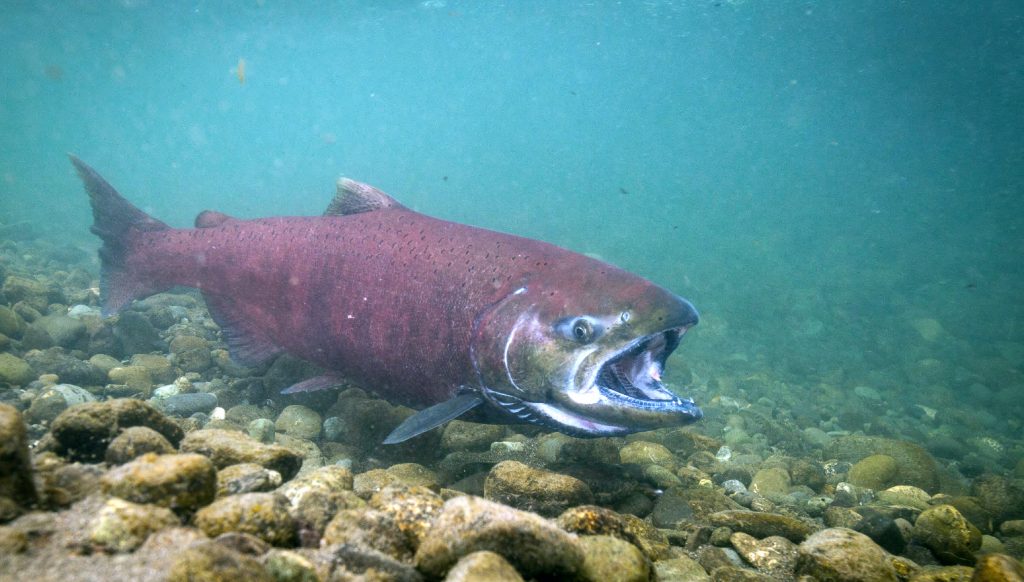
12. Habitat Restoration Underway Along Green River to Help Salmon, Orcas
In Washington state, volunteers are working to restore habitats along the Green River to help cool down the river and give Chinook salmon a better chance at survival. It’s work that will also help Southern Residents because more salmon means more food for the orcas. The count of Southern Residents is about 75 right now, possibly less. Scientists are still working to count if any died over the winter. In this habitat restoration project, the Green River Coalition and volunteers have planted native trees and cleared out invasive species. “What we do here helps keep the river cool for salmon, and it also helps buffer storm water and other toxins that could be running off our roads and parking lots,” Whitney Neugebauer, director of Whale Scout, said. Getting key dams removed from rivers or building salmon passages through them is important, too.
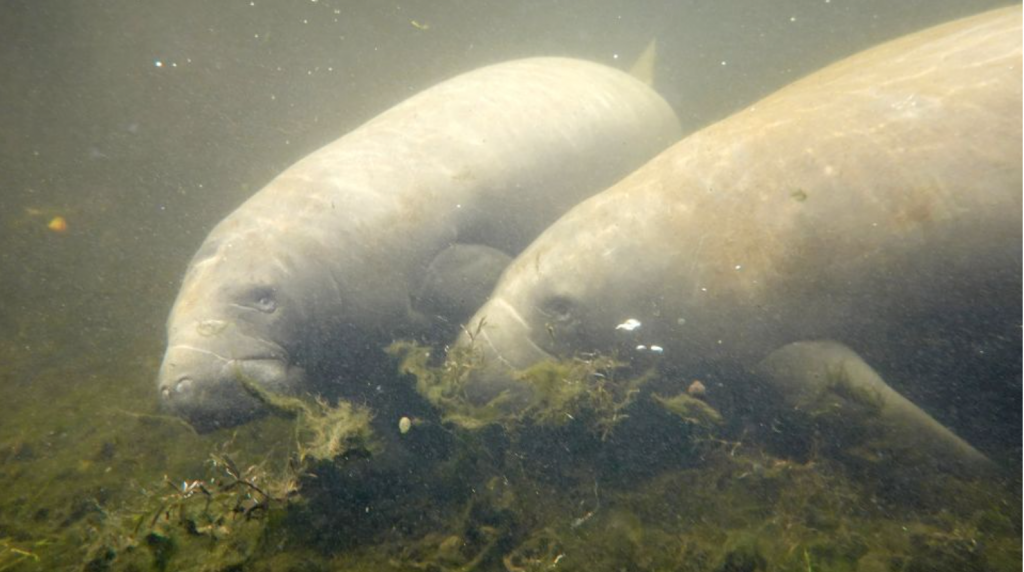
13. Federal Officials Agree to Update Florida Manatees’ Protected Habitat
The US Fish and Wildlife Service will update its manatee critical habitat protections for the first time since 1976, due to a settlement between several nonprofits and the service. Several groups have been petitioning the agency to update its manatee protections for over a decade, said attorney Ragan Whitlock. Revising the critical habitat is crucial to implementing much-needed environmental protections for the species. Whitlock points to seagrass and access to warm water springs as critical habitat features to be protected in order to protect manatees. In the past few years, manatees have experienced a spate of starving deaths from the loss of the seagrass they rely on for sustenance. One especially crucial habitat is the Indian River Lagoon on Florida’s Atlantic coast. Manatees have fidelity to the places where they once fed and will return again looking for food – even though the lagoon’s seagrass has seriously declined.
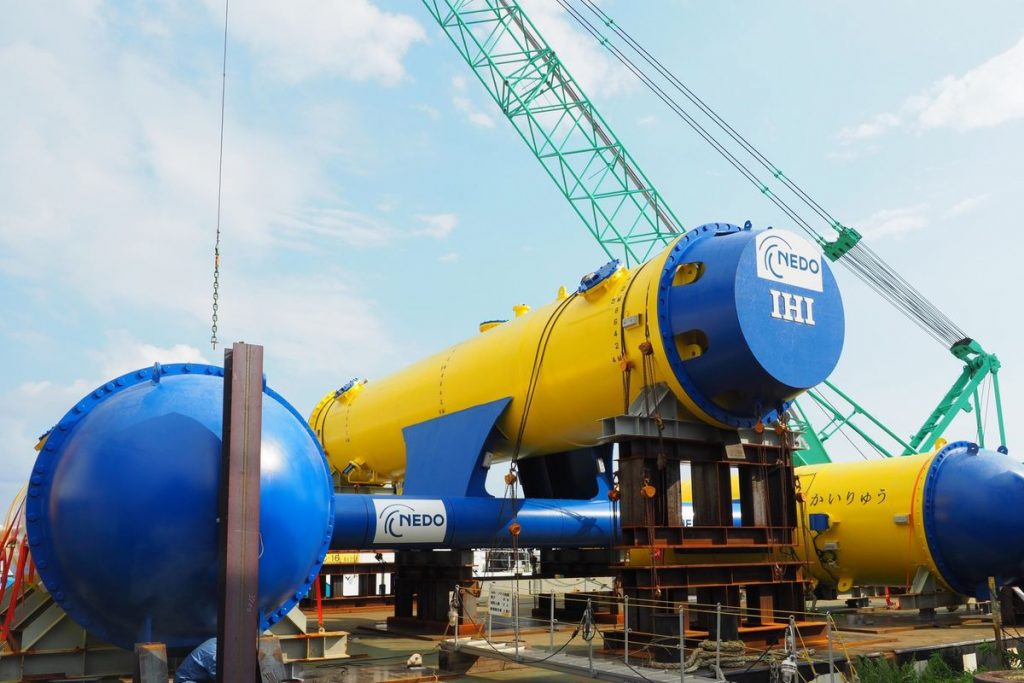
14. This Deep Ocean Turbine Could Provide a Constant Source of Renewable Energy
Japanese heavy machinery maker IHI Corp. has been testing a subsea turbine for over a decade to harness deep ocean currents. The machine, called Kairyu, is a 330-ton prototype that is anchored to the seafloor as deep as 100 to 160 feet. Kairyu has two counter-rotating turbine fans and a buoyancy adjustment system, with the structure resembling an airplane. Kairyu will be used in the Kuroshio Current, one of the world’s strongest currents that runs across Japan’s east coast. The energy will be transmitted through seabed cables, potentially generating as much as 200 gigawatts or nearly 60% of the country’s current generating capacity. One major concern is how this will affect underwater marine life, and this needs to be fully explored before these systems are implemented. However, if successful, employing deep ocean currents could be a vital part of the shift toward renewable energy.
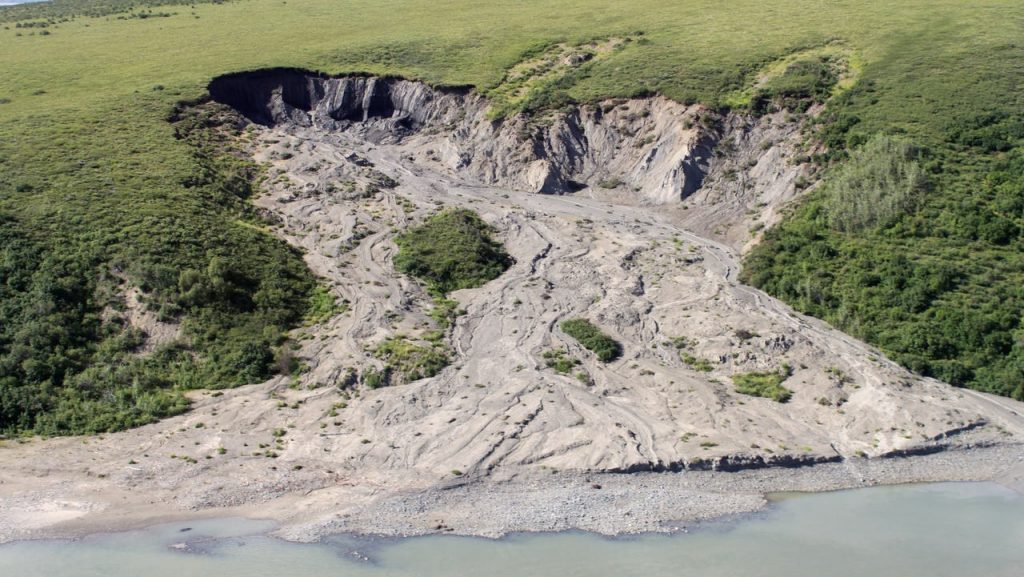
15. ‘Significant’ Amounts of Mercury in Permafrost Threaten Arctic Food Supply, Research Says
Permafrost is a “significant source” of mercury in the natural environment, and as it thaws, new research says ancient stores are being released into the Arctic where they threaten to increase the concentration of the toxic metal in traditional food sources. “We’re starting to see evidence of natural mercury entering rivers, lakes, and the Arctic Ocean,” said Peter Outridge, with the Geological Survey of Canada. A new paper says 200 tons of mercury end up in the Arctic Ocean each year. One third of the mercury going into the ocean comes from the atmosphere, a quarter comes from ocean currents, one fifth comes from river flows, and one fifth comes from coastal erosion. Outridge says scientists don’t have a clear idea yet of how quickly mercury is released from thawing permafrost, but most marine mammals are at low- or no-risk for health effects from mercury exposure.
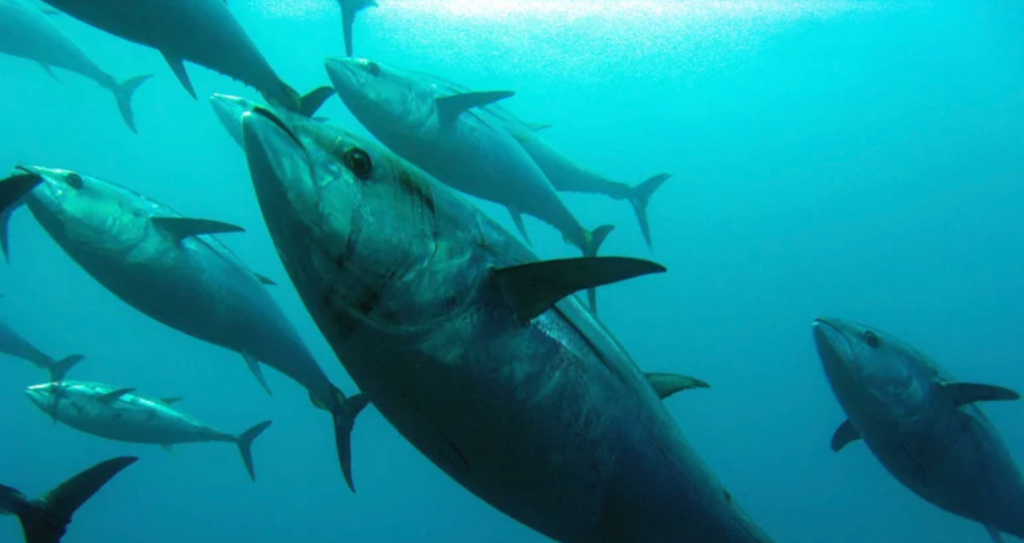
16. Sustainable Fishing Has Become a Priority for the Tuna Industry
According to the Food and Agricultural Organization, more than 6 million metric tons of tuna fish are fished annually. Anywhere tuna swim, even in the deep ocean, they are followed by commercial fisheries. The International Seafood Sustainability Foundation, in collaboration with other stakeholders, continues to push for sustainable fishing and conservation in the tuna industry. Allegations of illegal and unreported catches, human rights violations, and the bycatch of threatened species, such as blue sharks and sea turtles, abound as well. These multiple, continued issues have led the Global Tuna Alliance, World Economic Forum, and Friends of Ocean Action to draft the 2025 Pledge Towards Sustainable Tuna (25PST). The agreement is voluntary and expands on the previous Tuna 2020 Traceability Declaration, which ended in December 2020. Those who sign the agreement will focus on various aspects of sustainable tuna fishing, including transparency, environmental sustainability, and social responsibility.
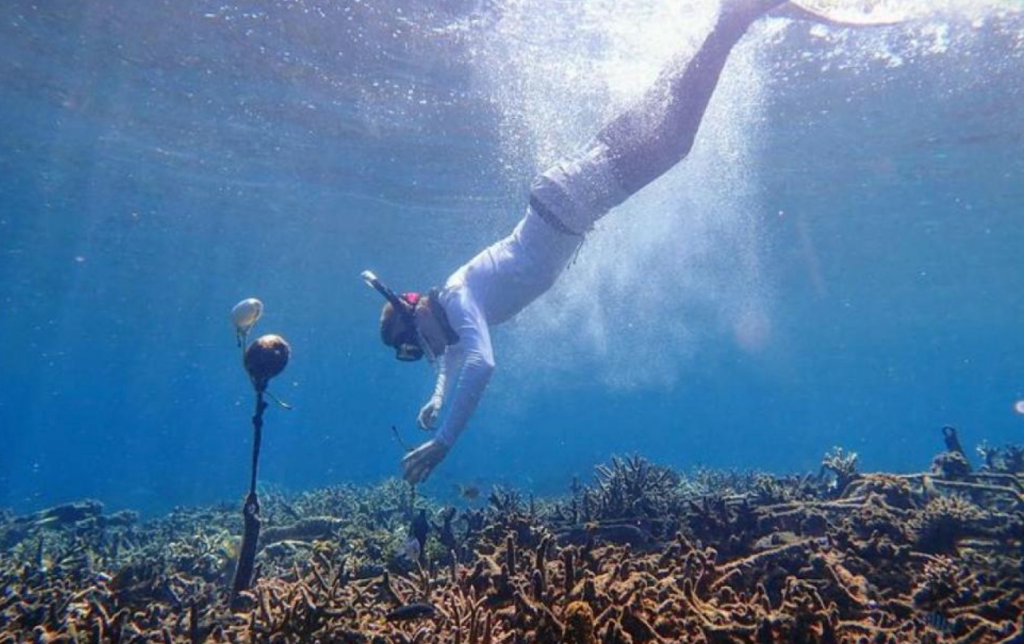
17. Artificial Intelligence Trained to Hear Coral’s Sounds of Life
Scientists have used hundreds of audio clips to train a computer program to monitor the health of a coral reef in Indonesia by listening to it. A healthy reef has a complex “crackling, campfire-like” sound because of all the creatures living on and in it, while a degraded reef sounds more desolate, the team’s lead researcher Ben Williams said. The artificial intelligence (AI) system parses data points such as the frequency and loudness of the sound from the audio clips, and can determine with at least 92% accuracy whether the reef is healthy or degraded. The scientists hope this new AI system will help conservation groups around the world to track reef health more efficiently. The researchers hope to collect underwater recordings from reefs in Australia, Mexico, and the Virgin Islands to help assess the progress of coral restoration projects.
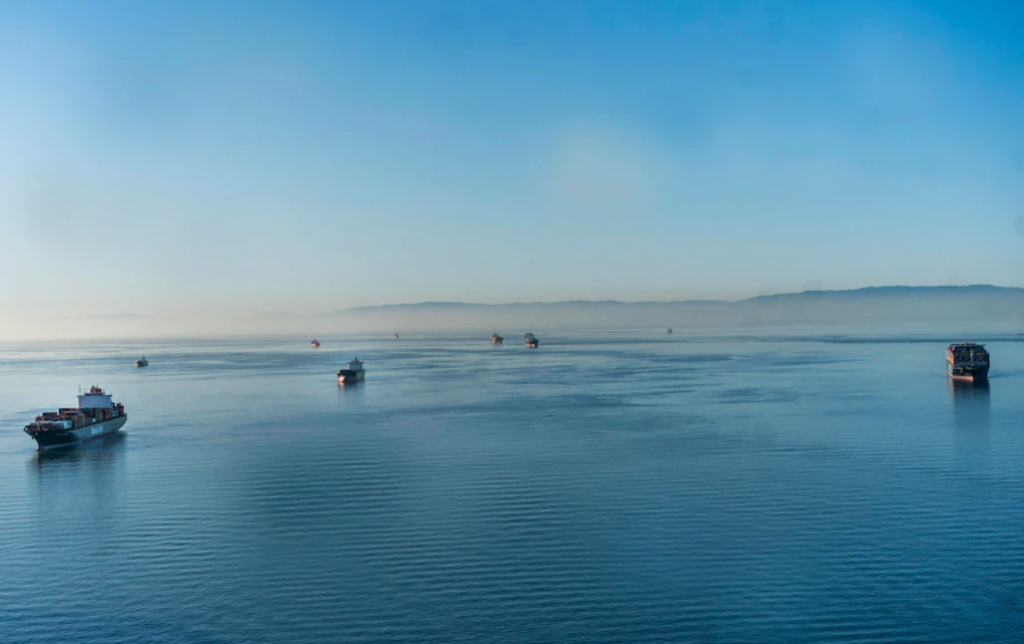
18. Ship Pollution Is Rising as the US Waits for World Leaders to Act
The International Maritime Organization (IMO), the UN agency that regulates international shipping, recently brought together officials from more than 100 countries for a virtual meeting to discuss whether to raise their collective climate ambition. But the shipping and fossil fuel industries wield considerable influence in these negotiations: financing for the IMO’s green ships initiative, for example, comes from Saudi Arabia, the world’s largest oil exporter. A lack of progress has fueled a debate about whether the US should force carbon cuts on its own, using its leverage as an international trade hub. But the industry’s unique structure — owners often register their vessels in other countries, like the Marshall Islands, where taxes and oversight are minimal — makes it difficult for one nation to act alone. Instead of taking the lead, the US is waiting for the IMO to act first. Meanwhile, vessel emissions are rising.
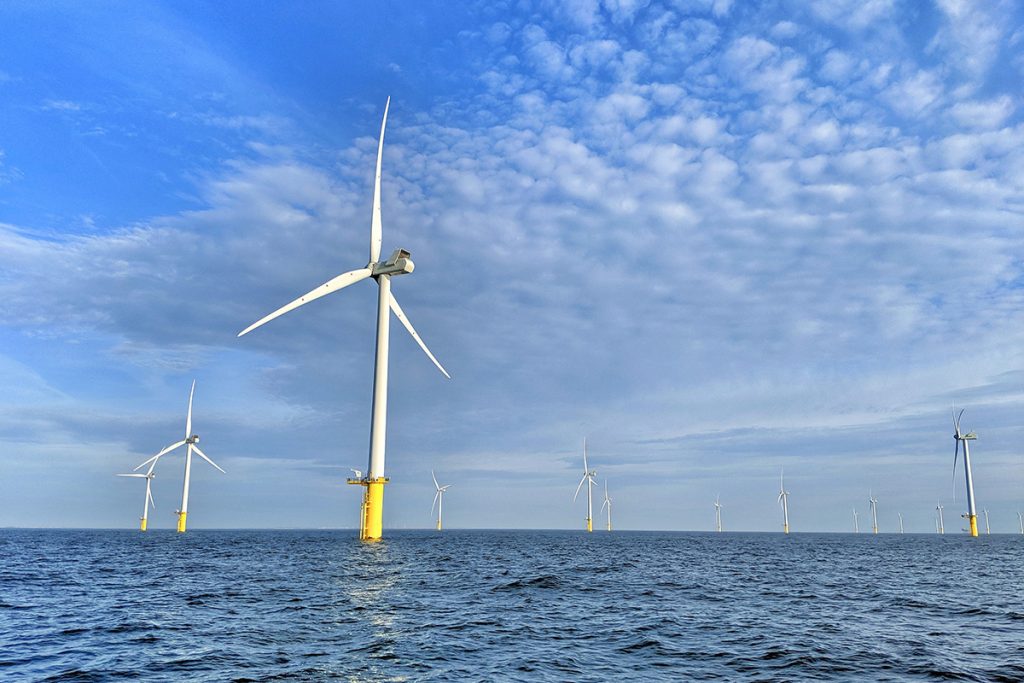
19. UK Doubles Commitment to Offshore Wind and Marine Environment Coexistence Program
Since the launch of the UK Government’s British Energy Security Strategy – which raises ambitions for offshore wind generation to achieve up to 50 GW by 2030 alongside commitments to environmental restoration – The Crown Estate has committed a further GBP 25 million into the Offshore Wind Evidence and Change Programme, bringing the total to GBP 50 million. ”As the need to accelerate offshore wind deployment ramps up, restoring our natural environment has never been more important,” Dan Labbad of The Crown Estate said. ”We are committed to safeguarding the marine environment whilst shaping, innovating, informing, and enabling the development of offshore wind for the long-term benefit of the nation.” The additional funding will be used to deliver research and data projects that support the acceleration of offshore wind deployment, including projects that address priority bird, marine mammal, and seabed habitat research gaps.
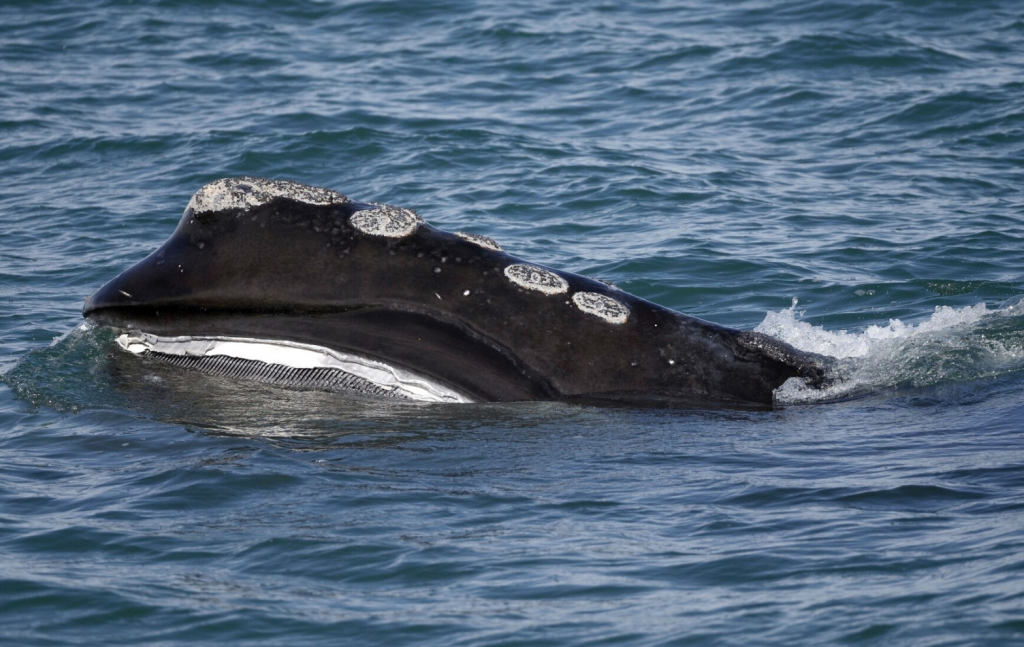
20. Endangered North Atlantic Right Whales Move North Toward Canada; Future Remains Uncertain
Since 2017, research increasingly shows that climate-driven warming and changing currents suppress North Atlantic right whales’ preferred forage in the Gulf of Maine. That may be propelling a long-term shift by the whales to cooler waters off Canada. Regulators there are responding to the whales’ arrival with large-scale closures of fishing areas to snow crab traps that depend on vertical rope. It’s the whales’ ability to find new feeding grounds that gives scientists and advocates hope. Amy Knowlton of the New England Aquarium said, “They’ve shown they’re able to adapt in climate change times, and their major shift to the Gulf of St. Lawrence is an indicator of that. They seem to be able to find what they need.” That is, if human-caused injuries and mortalities can be stopped. Most whale scientists, conservationists, and federal regulators say the species will not survive without more protections.
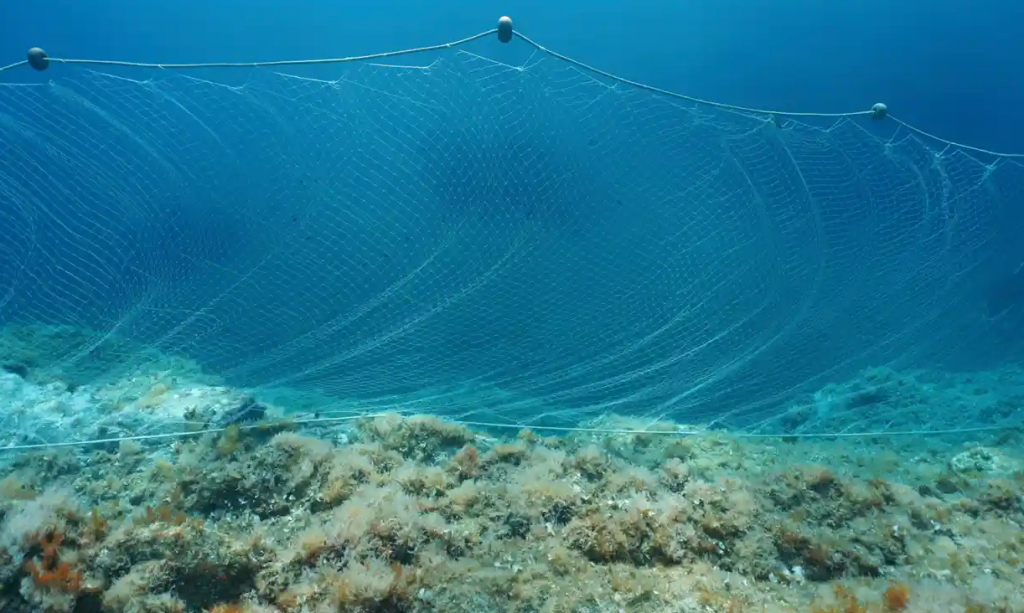
21. 25 Tons of Waste Raised From Ocean Floor Near Greek Island
International marine conservation organizations have retrieved some 25 tons of waste from the sea around the Greek Ionian island of Ithaca in a large clean-up operation to protect marine life. The waste included 25 large fish farm nets and equipment and was gathered by local fishermen and volunteer divers from the United Kingdom, Netherlands, Lebanon, Hungary, and Greece in the last two weeks. Most of the waste was left behind by a fish farm that shut down, according to environmental organization Healthy Seas, which organized the clean-up with the international non-profit group Ghost Diving. Divers dug out the long, heavy nets from beneath the sand on the seabed. A barge with a crane lifted the nets to the surface and placed them into containers. They will be taken for recycling by textile company Aquafil and turned into yarn for clothing and carpets.
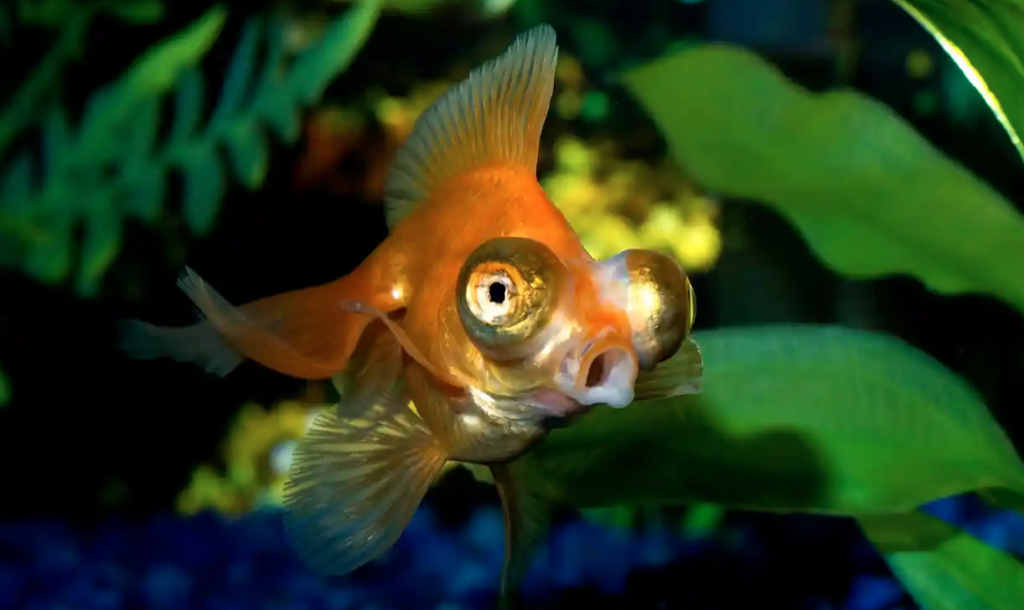
22. The Reef Fish People Find Ugly More Likely to Be Endangered, Study Finds
The reef fish rated most aesthetically pleasing tend to need the least conservation support, while the fish ranked as “ugly” are the most endangered species, new research has found. 13,000 members of the public rated the aesthetic attractiveness of 481 photographs of ray-finned reef fish. An artificial intelligence system enabled researchers to predict how people would probably rate a total of 2,417 of the most commonly known reef fish species. The combined results suggested that bright, colorful, and round-bodied fish species were most often rated as more beautiful. Those lower in the aesthetic rankings and deemed “uglier” by the public – usually “drab” fish, with elongated body shape and no clearly delineated color patterns – were at greater ecological risk. They often live in the water column and have to hide within a more homogeneous habitat, but this also makes them more likely to be overfished.
/




